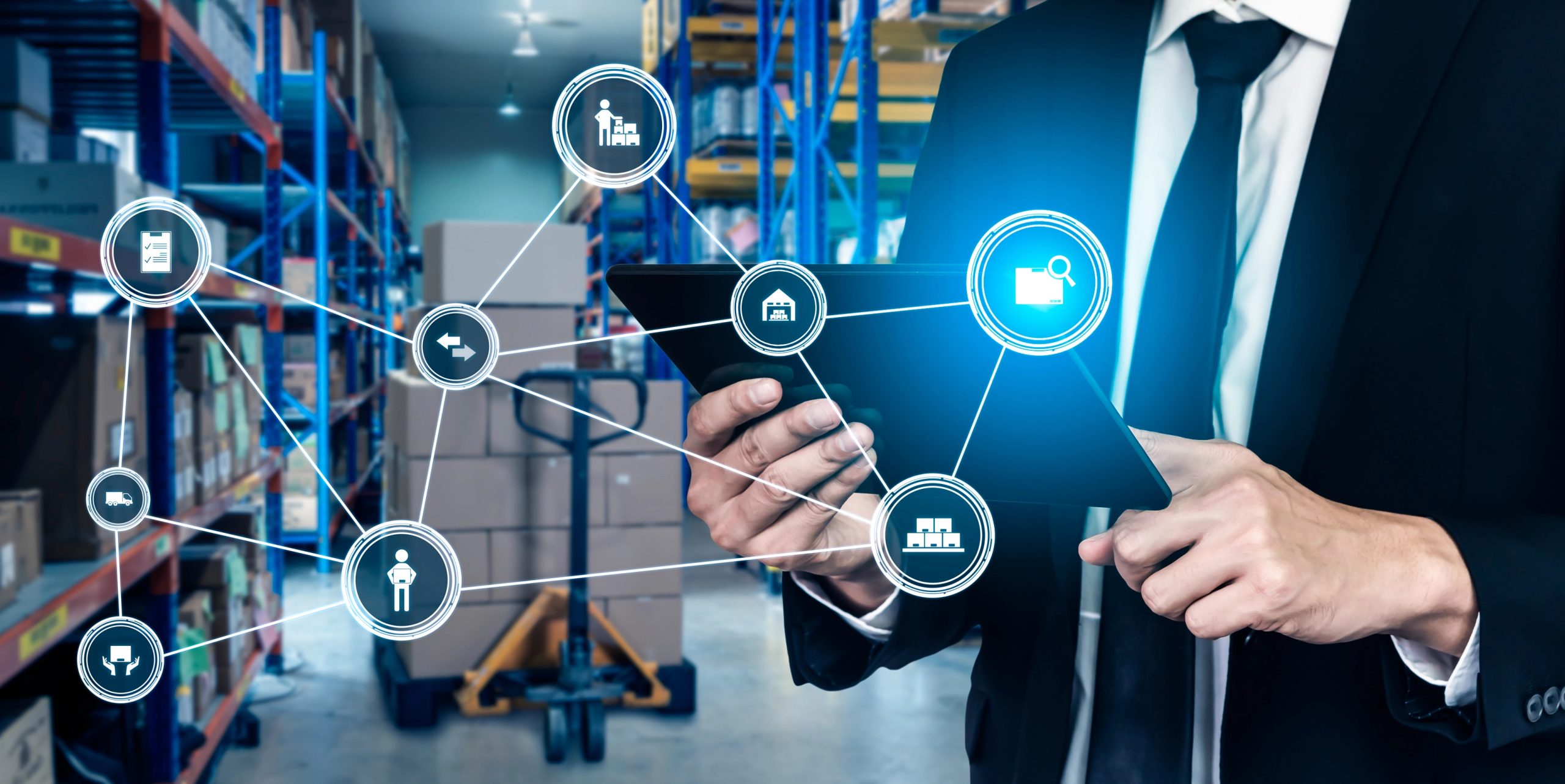
Ensuring the well-being of your drivers and protecting your valuable cargo should be a top priority. With advancements in technology, there are now various safety technologies available to help safeguard your fleet. In this article, we will explore the importance of these safety technologies, the different types available, their effectiveness, and future trends. We will also provide insights on how to implement these technologies effectively into your fleet.
Understanding the Importance of Safety Technologies in Transportation
Accidents on the road can have devastating consequences, both for human lives and for businesses. Safety technologies play a pivotal role in preventing accidents and minimizing risks. By utilizing these technologies, you can ensure a safer working environment for your drivers and protect your valuable cargo.
The Role of Safety Technologies in Preventing Accidents
One of the primary functions of safety technologies is to prevent accidents from occurring in the first place. These technologies are designed to detect potential hazards and provide timely warnings to the driver. For example, forward collision warning systems can alert the driver if they are approaching another vehicle too quickly, allowing them to take evasive action.
Moreover, safety technologies go beyond just warning the driver. They actively intervene in critical situations to prevent accidents. Automatic emergency braking, for instance, can apply the brakes to prevent a collision or minimize the impact. This feature is particularly crucial in situations where the driver may not have enough time to react, such as when a pedestrian suddenly crosses the road.
Additionally, lane departure warning systems can prevent accidents caused by unintentional drifting out of the lane. By alerting the driver when they veer off course, these systems help maintain control and prevent collisions. This is especially important on long journeys, where driver fatigue can increase the risk of accidents.
How Safety Technologies Protect Drivers and Cargo
Safety technologies not only prevent accidents but also protect the well-being of your drivers. Features such as automatic emergency braking, mentioned earlier, can intervene in critical situations, applying the brakes to prevent a collision or minimize the impact. This can significantly reduce the risk of injuries for both the driver and other road users.
Moreover, safety technologies designed to protect cargo are essential in ensuring its safe transportation. Anti-theft technologies, like GPS tracking systems and tamper-proof locks, provide real-time visibility and deter theft attempts. With GPS tracking systems, you can monitor the location of your cargo at all times, ensuring that it stays on the intended route and arrives at its destination securely. Tamper-proof locks, on the other hand, provide an additional layer of security, making it extremely difficult for thieves to gain unauthorized access to your cargo.
By implementing these technologies, you can enhance the security of your cargo and mitigate potential losses. Furthermore, the presence of these safety technologies can also serve as a deterrent to potential thieves, as they know that your vehicles are equipped with advanced security measures.
Exploring Different Types of Safety Technologies
Now that we understand the importance of safety technologies, let’s explore some key types widely used in transportation.
When it comes to ensuring safety on the roads, technology plays a crucial role in providing assistance and protection to drivers and their cargo. Let’s delve deeper into some innovative safety technologies that are revolutionizing the transportation industry.
Advanced Driver-Assistance Systems (ADAS)
ADAS encompasses a range of technologies that assist drivers in various aspects of their journey. These include adaptive cruise control, blind-spot detection, and automatic parking systems. By aiding drivers in their decision-making process, ADAS technologies can significantly improve overall safety.
Moreover, ADAS is continuously evolving, with advancements such as lane-keeping assist and automatic emergency braking systems becoming more prevalent. These features not only enhance safety but also pave the way for future autonomous driving capabilities.
GPS Tracking and Fleet Management Systems
GPS tracking systems provide real-time location information, enabling fleet managers to monitor the whereabouts of their vehicles. Fleet management systems go a step further by providing comprehensive data on driver behavior, fuel consumption, and vehicle maintenance. By utilizing these technologies, you can optimize your operations, identify areas for improvement, and enhance safety measures.
Furthermore, the integration of artificial intelligence and machine learning algorithms in fleet management systems allows for predictive maintenance scheduling and route optimization, leading to increased efficiency and reduced operational costs.
Anti-theft Technologies for Cargo Protection
Cargo theft is a significant concern for transportation companies. Anti-theft technologies, such as secure locks and tracking devices, can deter thieves and increase the chances of recovering stolen goods. These technologies provide an added layer of security to ensure the safe delivery of your cargo.
Additionally, advancements in anti-theft technologies now include geofencing capabilities and remote disabling features, allowing for real-time monitoring and control of cargo security measures. These proactive measures not only safeguard valuable shipments but also contribute to a more secure supply chain ecosystem.
Evaluating the Effectiveness of Safety Technologies
It is essential to measure the impact of safety technologies to determine their effectiveness and justify their implementation. Safety technologies play a crucial role in enhancing workplace safety, reducing the risk of accidents, and protecting both employees and assets. By evaluating the effectiveness of these technologies, organizations can make informed decisions about their safety strategies and investments.
Furthermore, assessing the effectiveness of safety technologies can also lead to continuous improvement and innovation in safety practices. By understanding what works and what doesn’t, organizations can refine their safety measures and adopt new technologies to stay ahead of potential risks and hazards.
Measuring the Impact of Safety Technologies on Accident Rates
Statistical analysis can help assess the effectiveness of safety technologies in reducing accident rates. By comparing accident data before and after the implementation of these technologies, you can determine the extent to which they have contributed to accident prevention. This data-driven approach provides valuable insights into the tangible benefits of safety technologies and allows organizations to make data-driven decisions to enhance safety protocols.
Moreover, analyzing accident trends over time can help identify patterns and potential areas for improvement. This proactive approach enables organizations to address underlying issues and implement targeted safety measures to mitigate risks and prevent future accidents.
Assessing the Cost-Benefit Ratio of Implementing Safety Technologies
Implementing safety technologies requires an investment of time and resources. Conducting a cost-benefit analysis will help assess whether the benefits gained outweigh the costs incurred. Consider factors such as reduced insurance premiums, lower maintenance costs, and increased customer confidence in your services. By quantifying the financial impact of safety technologies, organizations can make informed decisions about resource allocation and prioritize investments that yield the greatest return on investment.
Furthermore, evaluating the cost-benefit ratio of safety technologies can also help organizations demonstrate their commitment to safety and compliance. By showcasing the tangible benefits of these technologies, organizations can build trust with stakeholders, attract top talent, and differentiate themselves as industry leaders in safety innovation.
Future Trends in Safety Technologies for Transportation
The transportation industry is continually evolving, and safety technologies are no exception. Let’s explore some exciting advancements that are shaping the future.
The Rise of Autonomous Vehicles and Their Safety Features
Autonomous vehicles are expected to play a significant role in enhancing road safety. These vehicles are equipped with advanced sensors, cameras, and AI systems that can detect and respond to potential dangers with lightning-fast speed and unparalleled accuracy.
One key aspect of autonomous vehicles is their ability to communicate with each other and with smart infrastructure. This Vehicle-to-Everything (V2X) communication allows vehicles to share real-time data about road conditions, traffic patterns, and potential hazards, further enhancing safety on the roads.
The Potential of AI and Machine Learning in Enhancing Safety
AI and machine learning technologies have the potential to revolutionize safety in transportation. These technologies can analyze vast amounts of data collected from sensors and vehicles to identify patterns and predict potential risks. By continuously learning and adapting, AI systems can proactively address safety concerns and help prevent accidents.
Furthermore, AI-powered predictive maintenance systems can help transportation companies anticipate and prevent mechanical failures before they occur. By analyzing data from sensors embedded in vehicles, these systems can detect early signs of wear and tear, allowing for timely maintenance and reducing the risk of unexpected breakdowns on the road.
Implementing Safety Technologies in Your Fleet
Now that we have explored the different types of safety technologies and their potential benefits, let’s discuss the steps to integrate them effectively into your fleet.
Steps to Integrate Safety Technologies into Your Fleet
Start by assessing your specific needs and conducting thorough research on the available technologies. Consult with industry experts and explore solutions that align with your safety objectives and budget. Next, develop a well-defined implementation plan and ensure proper training and support for your drivers and staff.
Maintenance and Upgrades of Safety Technologies
Maintaining and upgrading safety technologies is crucial to their ongoing effectiveness. Regular inspections and servicing will help identify any issues and ensure that the technologies are functioning optimally. Stay updated with the latest advancements and consider upgrading your systems periodically to take advantage of new features and improved safety standards.
By implementing safety technologies in your fleet, you can significantly reduce the risks associated with transportation. Protecting your drivers and cargo should always be a priority, and these technologies provide valuable tools to accomplish just that. Embrace these advancements, evaluate their effectiveness, and stay informed about emerging trends to ensure your fleet operates safely and efficiently.
Ready to Transform Your Transportation Management?
Discover how Uniq TMS can streamline your logistics operations, enhance efficiency, and boost your bottom line. Click here to learn more and explore our innovative solutions designed to meet your unique transportation needs.

